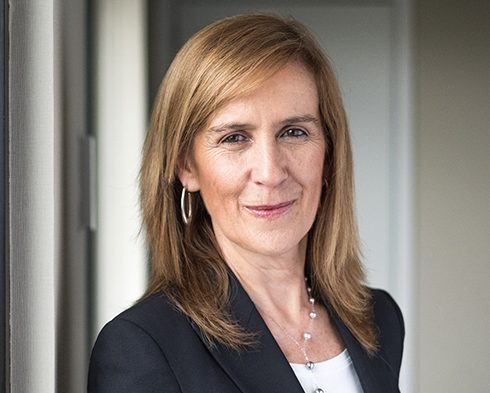

Gender gap in health
Deterioration in health reduces the capacity to generate income, produces direct, indirect and intangible costs, has repercussions on the country’s demographic and economic health, quality of human capital and productivity, and limits the growth potential of both individuals and the economy as a whole. A gender gap is produced when this lack of health leads to different behaviour in men and women.
According to the National Health Survey, “more men (78%) value their health positively than women (70%)” and “the gap gets wider as you go down the social scale”.

Calculation of opportunity cost
The most immediate opportunity cost is demographic, since it affects the rate of natural increase and structure of the population pyramid. In terms of total GDP, this cost (growth lost due to a lower birth rate) is €31 billion, equivalent to almost 50% of annual public health spending in Spain.

Women live longer but have worse health than men. By eliminating these inequalities, the potential savings for society as a whole achieved by women reaching old age with better health would be almost €9 billion per year, equivalent to 0.8% of GDP.
Es necesario activar las cookies para ver este contenido